When it comes to personalising and adding that special touch to gifts, awards, or everyday items, engraving is a timeless choice. Engraving lets you etch words, designs, or patterns onto different materials, creating a lasting impression. But with many materials available, how do you choose the right one for your engraving project? In this post, we’ll explore various materials you can choose for engraving, each offering its unique charm and character.
Metal: A Timeless Classic
Metal engraving is the most iconic and widely used method. It’s popular for its durability, elegance, and timeless appeal. Common metals for engraving include stainless steel, brass, copper, and aluminium. These materials are perfect for creating plaques, jewellery, and personal items like watches and keychains.
The engraving process for metals typically involves using laser metal engraving machine or diamond-tipped tools to create precise and intricate designs. Whether you opt for a classic serif font or an elaborate monogram, metal engraving will leave a lasting impression.
Wood: A Natural Beauty
Wood engraving combines the warmth of nature with the artistry of engraving. This method is excellent for personalising items like cutting boards, photo frames, or wooden gifts. Different types of wood, such as oak, maple, and walnut, offer varying grains and shades, allowing you to choose the perfect backdrop for your design.
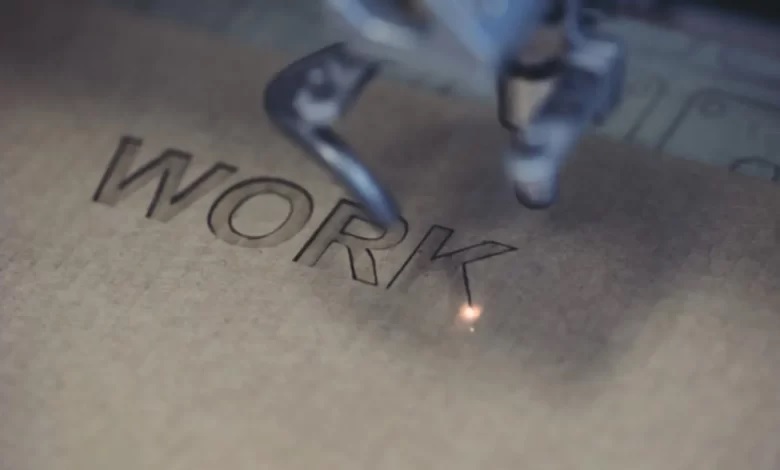
Wood engraving can be achieved using lasers or traditional hand tools, each providing distinct results. The contrast between the engraved design and the natural wood grain creates a striking, rustic and elegant visual effect.
Glass: Delicate and Dazzling
Glass engraving adds a touch of sophistication to your projects. Ideal for awards, glassware, and decorative pieces, this method uses fine abrasive techniques or lasers to etch designs onto the surface of the glass.
The transparency of glass allows for intricate and detailed designs, making it an excellent choice for complex logos, names, or even 3D patterns. The play of light on the engraved glass creates a stunning visual effect, adding a touch of magic to your engraved items.
Plastic: Versatile and Affordable
Plastic engraving is a versatile and budget-friendly option. It’s commonly used for creating labels, signage, and nameplates. Whether marking electrical panels or personalising office equipment, plastic engraving offers a cost-effective solution.
Plastic engraving is typically done using laser technology, which provides clean and precise results. It’s a practical choice for projects that require durability without breaking the bank.
Stone: A Monumental Statement
Stone engraving has been a historical practice dating back to ancient civilisations. Today, it continues to be a symbol of permanence and grandeur. Granite, marble, and slate are popular choices for stone engraving, often used for memorial plaques, headstones, and architectural signage.
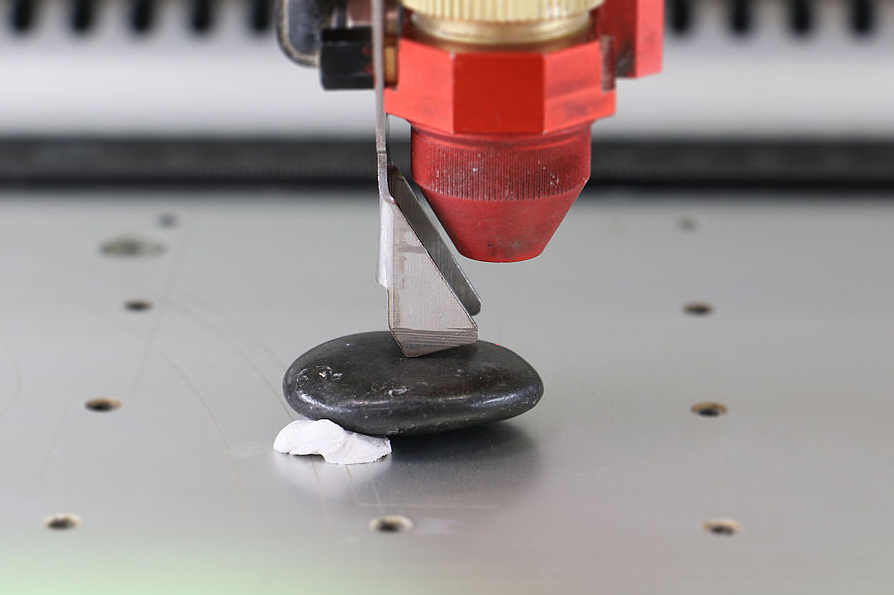
The engraving process for stone involves etching designs into the surface using abrasive techniques or lasers. The contrast between the engraved areas and the natural texture and colour of the stone creates a stunning visual effect that stands the test of time.
Leather: A Touch of Luxury
For a touch of luxury, consider leather engraving. Ideal for personal accessories like wallets, belts, or journals, leather engraving adds a touch of sophistication and individuality.
Leather engraving is achieved using lasers, which create precise and intricate designs without compromising the material’s integrity. The contrast between the engraved pattern and the leather’s texture and colour adds depth and character.

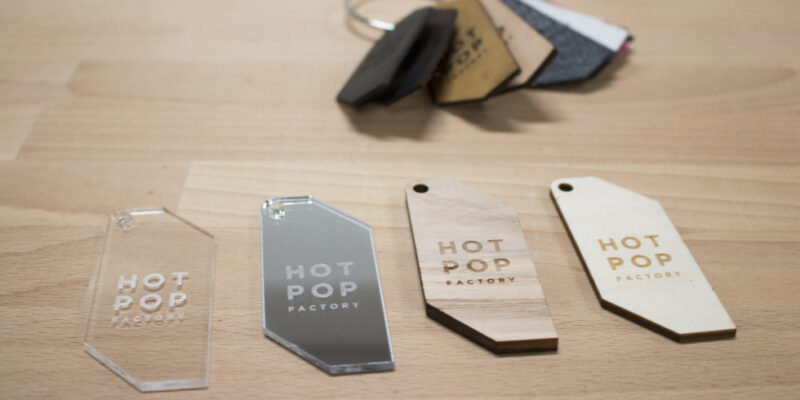
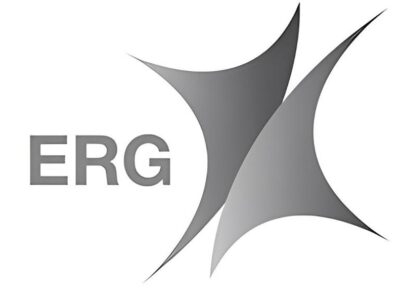








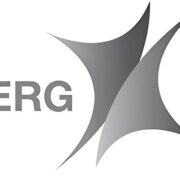

Comments